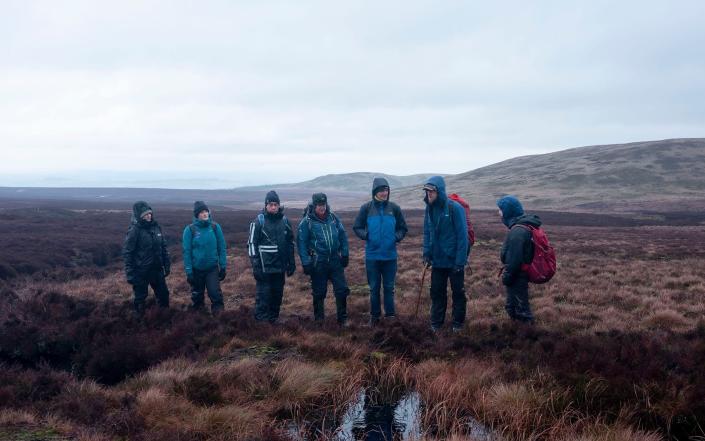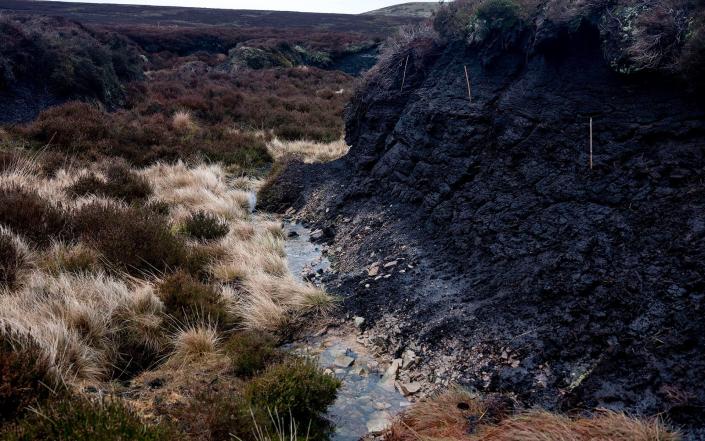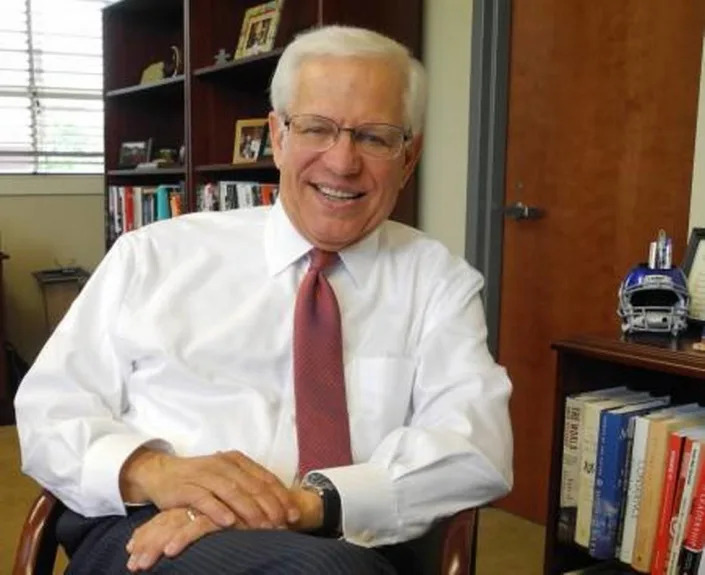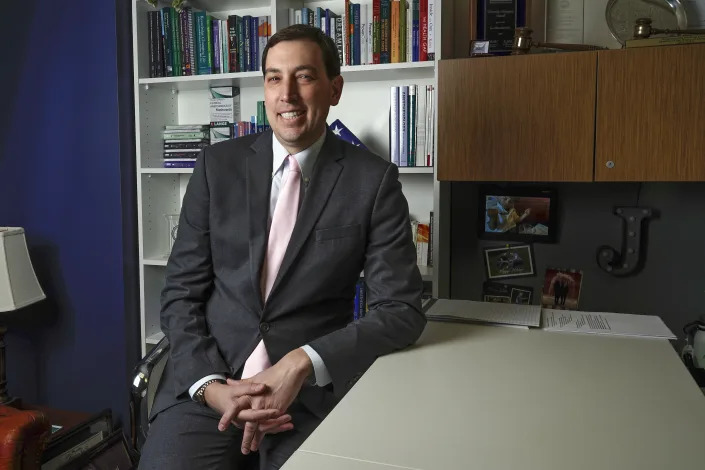Europe’s EV push nearly faltered over fringe fuels that are years away
SYNTHFUEL
The e-fuels Germany fought for will be expensive and scarce for the foreseeable future

It sounds inconceivable that Europe’s plan to usher in the age of electric vehicles almost went awry because of a prohibitively expensive technology that’s virtually unavailable, but that’s exactly what happened.
For several weeks last month, Germany refused to back the European Union’s effective ban of new combustion-engine cars from 2035, demanding that Brussels protect vehicles running on e-fuels. Given the auto industry employs around 786,000 people in Germany, it’s understandable that Berlin would try to protect jobs threatened by the phasing out of engines. Still, the fight for e-fuels made little sense.
Analysts doubt that the synthetic fuels will ever make a meaningful contribution to the industry achieving carbon neutrality. Only 2% of the EU car fleet can fully run on e-fuels in 2035, the lobby group Transport & Environment said in October, citing industry forecasts. Many argue the scarce supply of e-fuels that are years away would be better put to use by sectors that can’t transition to battery power as easily, such as aviation and shipping.
One of the biggest inhibitors is cost. E-fuels are made using renewable electricity to split hydrogen from water and combining it with carbon, an inefficient and expensive process. Synthetic diesel costs between $3.50 and $7 a liter to produce, according to BloombergNEF estimates — about four to seven times the price of traditional diesel in the European wholesale market.
Even after years of scaling up production, e-fuels for passenger cars probably will remain around four times more expensive than fossil-fuel gasoline, while improvements in battery technologies will make EVs more affordable and enhance their performance, LMC Automotive’s Al Bedwell wrote in a blog post last month.
Gerrit Marx, the CEO of Italian truck and bus maker Iveco, last week called the technology “the champagne of propulsion” that makes sense only for a small group of wealthy individuals who’d like to hang on to their combustion luxury and performance cars.
“If you have a Ferrari or if you drive your Porsche Turbo once a weekend, you’re not going to care whether a liter costs €5 or €8, but that’s not a fuel for the future,” Marx said in an interview.
So why did Germany throw such a tantrum? Many point to the country’s unpredictable coalition government of center-left Social Democratic Party, environmental Greens and pro-business Free Democratic Party. FDP Finance Minister Christian Lindner and his party colleague Volker Wissing, Germany’s transport minister, led the e-fuels blitz in Brussels.
German media reported in July that Oliver Blume, then just the head of Porsche and now also the CEO of Volkswagen, was in regular contact with Lindner about e-fuels. A few months earlier, Porsche had joined a group of investors betting $260 million on a startup building an e-fuels plant in Chile.
While the FDP has said it wants to keep all technology options open as the industry cuts emissions, critics have accused the party of trying to woo voters and raise its profile in the German government following a series of poor performances in regional elections.
Either way, Brussels eventually caved, giving Germany assurances that vehicles such as Porsche’s 911 sports car — a model Lindner has owned — may get a future exemption if they run solely on e-fuels. While most industry leaders breathed a sigh of relief that Europe is going ahead with phasing out fossil fuels in cars, Germany’s last-minute strong-arming left some worrying that Berlin set a dangerous precedent for approval of other parts of the Green Deal.
“What if other governments decide to do something similar on whatever issue? The procedural rules are for everybody,” Teresa Ribera, a deputy Spanish prime minister, said last month.
The German government’s behavior underscores the disruptive nature of Europe’s bid to become carbon-neutral by mid-century. The country’s auto industry spent decades perfecting the production of crankshafts, diesel injectors and other components not needed for electric motors, and is now under pressure to retool products and factories with potentially devastating effects to employment. Volkswagen, Mercedes-Benz, BMW and Porsche have started the transition, but remain well behind Tesla in EV sales.
There’s no debating this transition will be politically risky. Unfortunately for government leaders, e-fuels look like an unlikely savior of “das Auto” or German jobs.
“E-fuels are a hot topic, offering a way for an industry undergoing enormous change to get some politically useful concessions from regulators,” LMC’s Bedwell wrote. “But the evidence today points to e-fuels in Europe’s light-vehicle sector being backed into a very small corner, or not getting off the ground at all.”
















